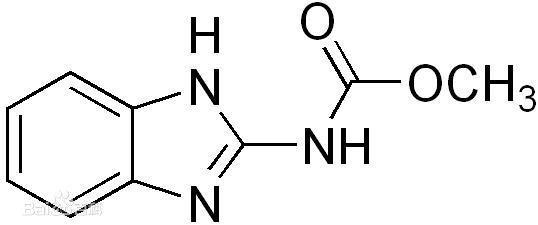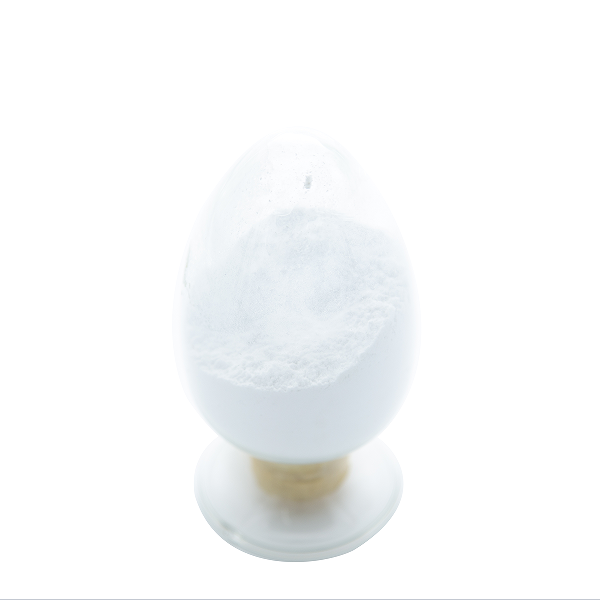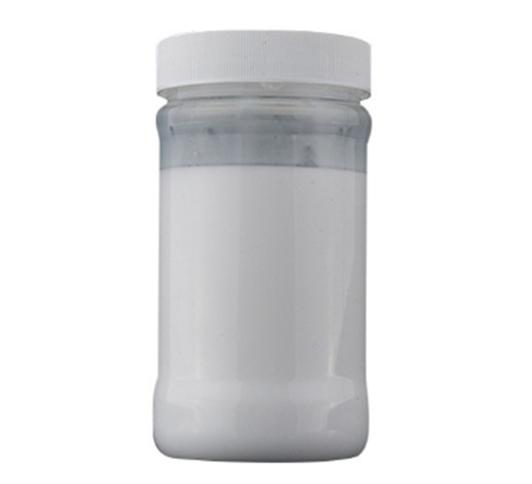Common Name | Carbendazim | CAS NO. | 10605-21-7 |
Chemical Formula | C9H9N3O2 | Molecular Mass | 191.2 |
Structural Formula |  | ||
Uses | Control of Septoria, Fusarium, Erysiphe and Pseudocercosporella in cereals; sclerotinia, Alternaria and Cylindrosporium in oilseed rape; Cercospora and Erysiphe in sugar beet; Uncinula and Botrytis in grapes; Cladosporium and Botrytis in tomatoes; Venturia and Podosphaera in pome fruit, and monilia and sclerotinia in stone fruit. Application rates vary from 120–600 g/ha, depending on crop. A seed treatment (0.6–0.8 g/kg) will control Tilletia, Ustilago, Fusarium and Septoria in cereals, and Rhizoctonia in cotton. Also shows activity against storage diseases of fruit as a dip (0.3–0.5 g/l). | ||

Appearance | White power |
Content | ≥ 98.0 % |
HAP + DAP | ≤ 3.5 ppm |
CaCl2 | ≤ 0.70 % |
Moisture | ≤ 1.0 % |

Appearance | Flowable off white liquid |
Content of a.i.% | ≥50.0 |
Suspensibility,% | ≥ 90 |
pH | 5.0~8.0 |
Sieve(75μm,%) | ≥ 99 |


